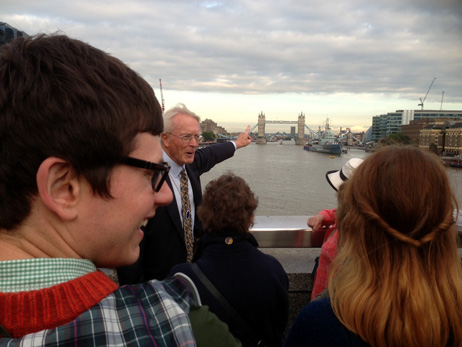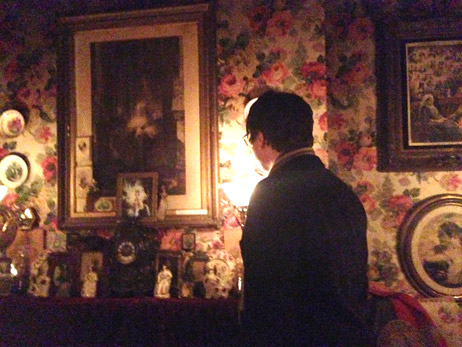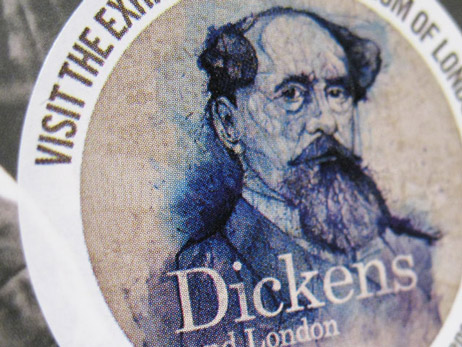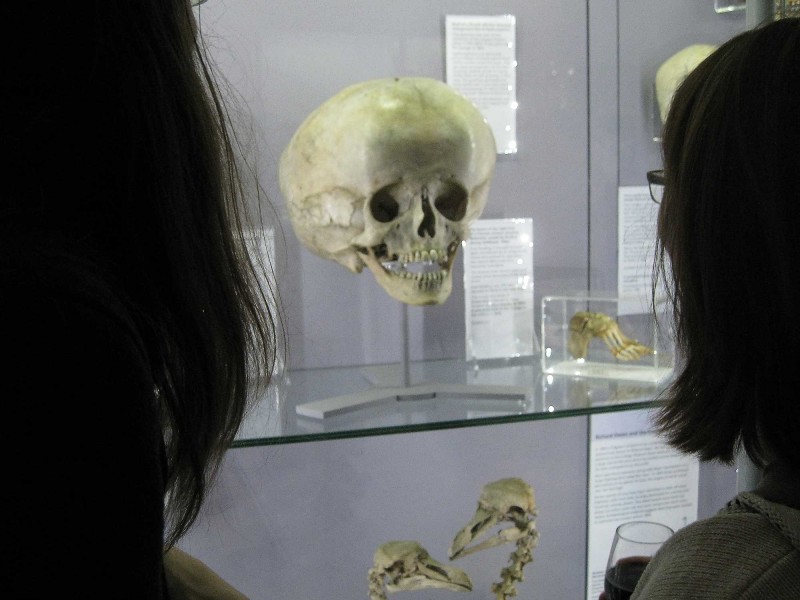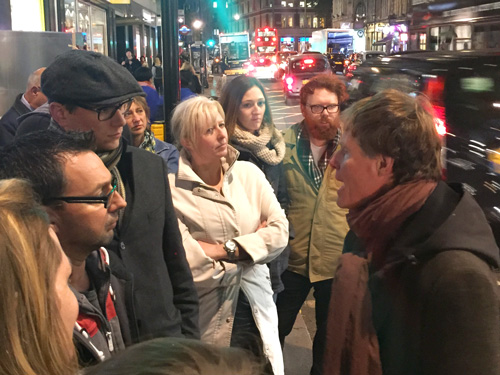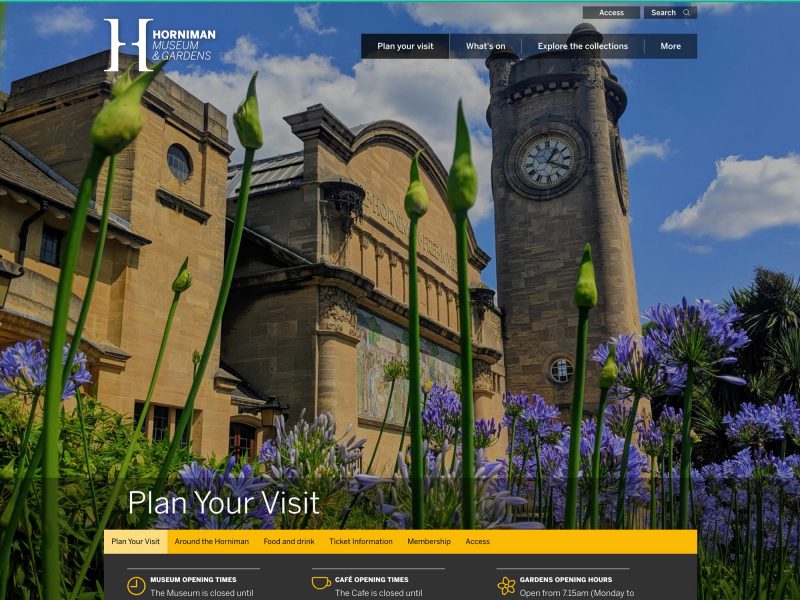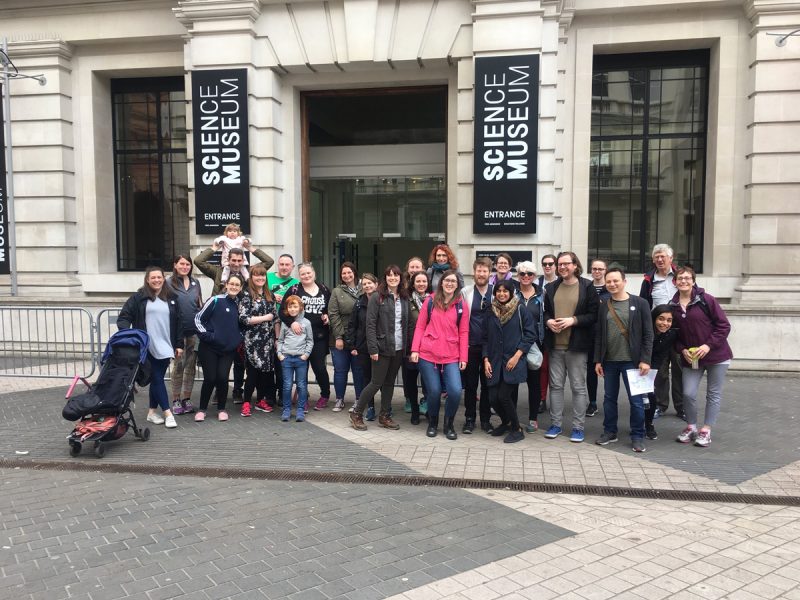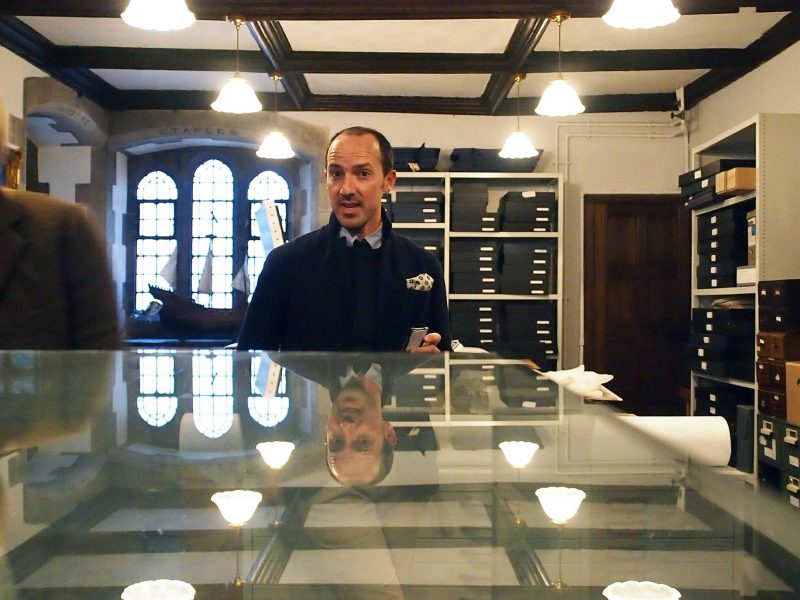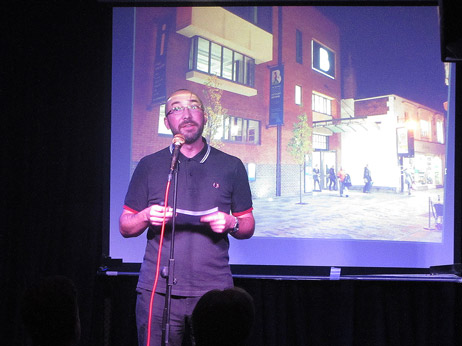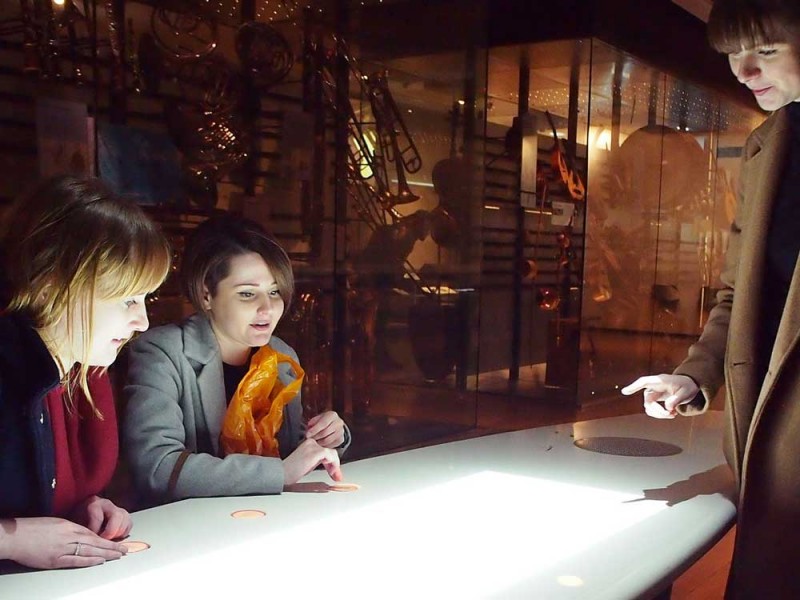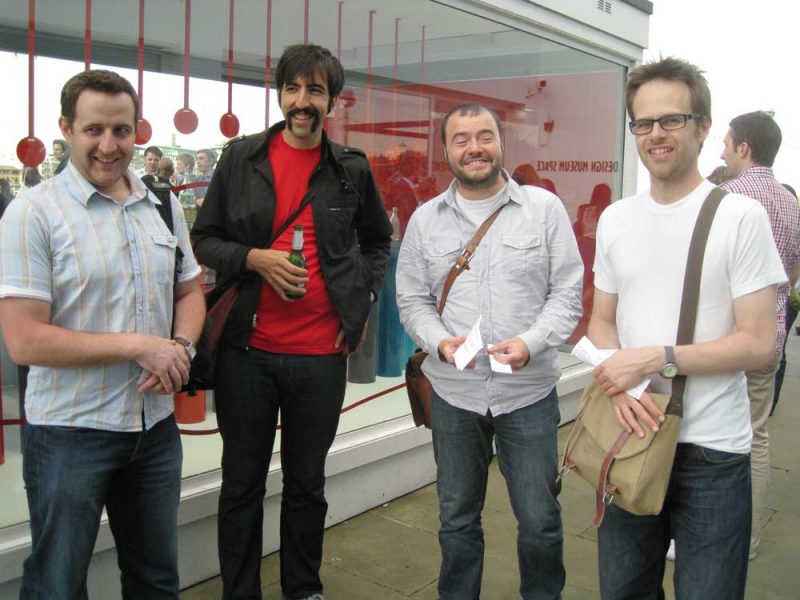They say love is blind. But is it also covered in boils, shedding hair, and missing its nose?
Pox! at The Old Operating Theatre Museum
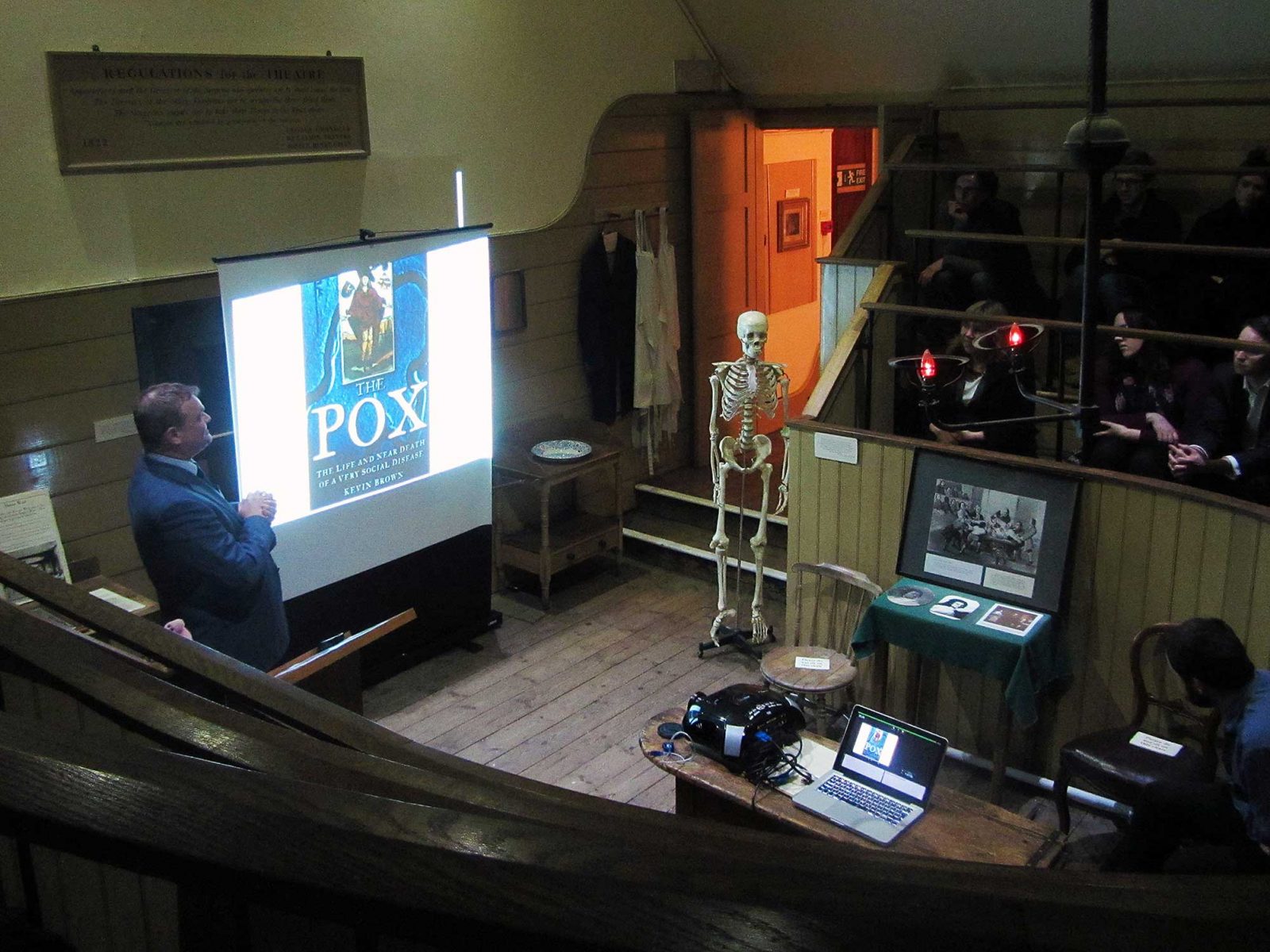
This grizzly thought would not normally be one to ponder so close to Valentine’s Day, but to author and venereal disease specialist Kevin Brown it could not be more pertinent. The theme of his talk was syphilis. And as the audience assembled in The Old Operating Theatre Museum, high up in the belfry of St Thomas’ church near London Bridge, it quickly became clear that this event did not come recommended as a first date (particularly not if you fancied any romantic action later).
Although the stories of patchy hair loss and sailor’s inflamed genitals remained riveting throughout, perhaps the most remarkable part of the evening was the venue itself. Dating from 1822 (and apparently the oldest surviving operating theatre in Europe), it was built in the pre-antiseptic era, when surgeons still wore top hats and gowns, and nobody understood the importance of clinical hygiene. And being located high up in the rafters of the church, when it eventually fell into disuse and was bricked up in the mid nineteenth century, it was subsequently forgotten entirely and only rediscovered in 1952, perfectly preserved.
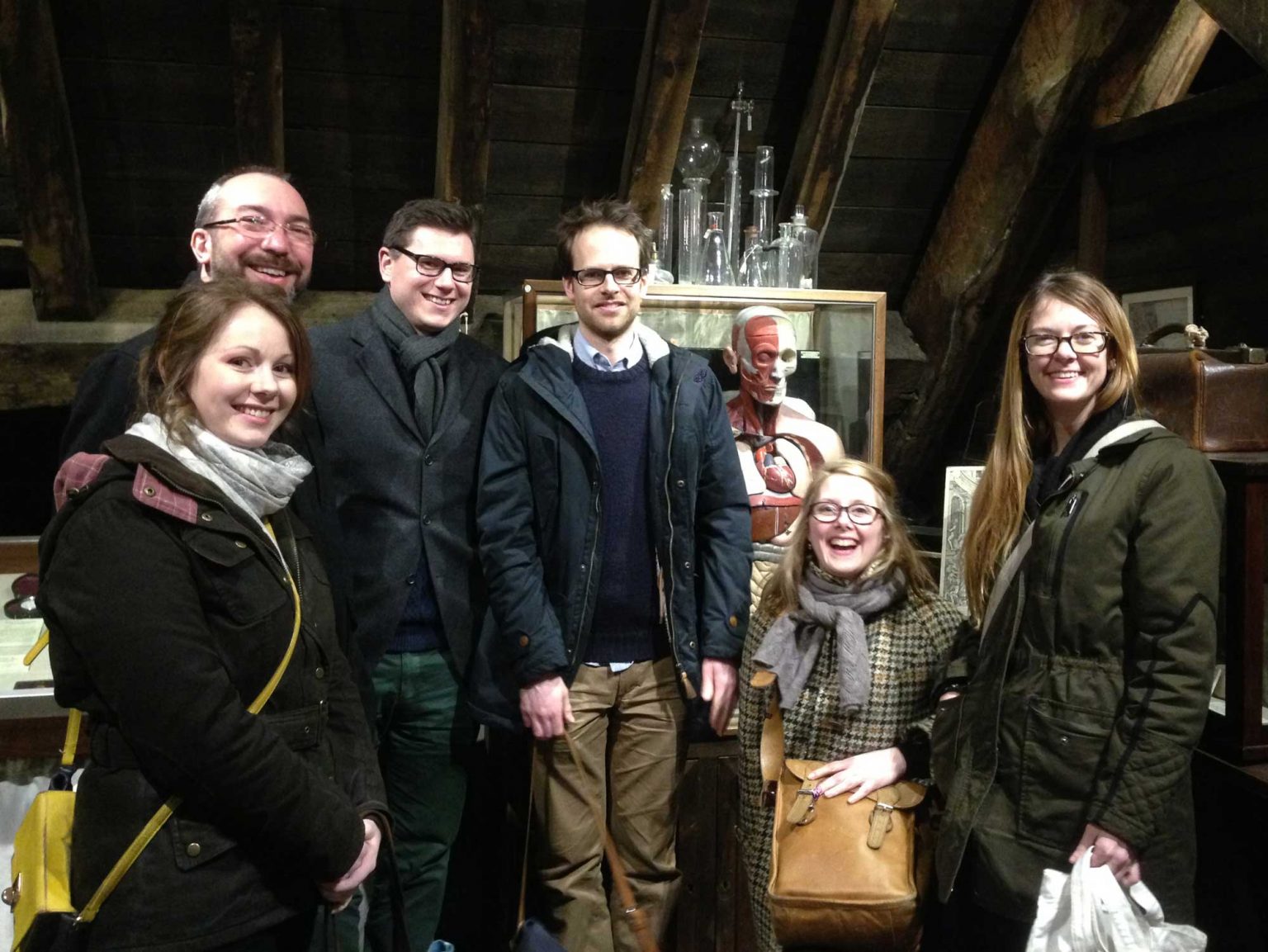
As well as the theatre itself, the museum has recreated the old Herb Garret, a vast apothecary of dried plants which would have been used in the treatments of the day. And set amongst them is a fascinating display of period doctor’s implements, looking to 21st century eyes like an assortment of torture devices, with fruity names like ‘Smellie’s Perforator’. Enough to make this reviewer go quite weak at the knees.
How many strange space like this are there in London? Are there other forgotten treasures, bricked up in forgotten lofts, waiting to be rediscovered? Let’s hope so. And let’s hope they are preserved as brilliantly as The Old Operating Theatre Museum. London is is richer for them.




